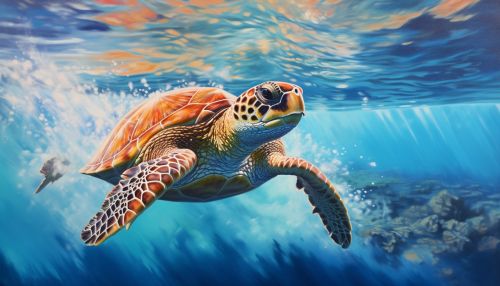True Navigation
Introduction
True navigation, also known as homing, is a complex process utilized by various species to navigate back to a known location, such as their home base or breeding site, after traveling away from it. This process is distinct from other forms of navigation, such as piloting and dead reckoning, as it does not rely solely on familiar landmarks or the estimation of direction and distance traveled. Instead, true navigation involves the use of a variety of sensory cues and often involves an innate or learned map sense.
True navigation is a multifaceted process that involves a variety of mechanisms. These mechanisms can be broadly classified into two categories: non-sensory and sensory.
Non-Sensory Mechanisms
Non-sensory mechanisms of true navigation involve innate or genetically programmed behaviors. These behaviors are often observed in migratory species, such as birds and sea turtles, which can navigate over long distances to specific locations without prior experience.


One example of a non-sensory mechanism is the use of a geomagnetic map. Many species are sensitive to the Earth's magnetic field and use this sensitivity to navigate. For example, sea turtles are known to use the intensity and inclination of the Earth's magnetic field to navigate during their long-distance migrations.
Sensory Mechanisms
Sensory mechanisms of true navigation involve the use of sensory cues from the environment. These cues can be visual, auditory, olfactory, or tactile in nature. The specific cues used can vary widely between species and can depend on the environment and the nature of the journey.
One of the most well-studied sensory mechanisms of true navigation is the use of solar cues. Many species, including birds and insects, use the position of the sun in the sky to orient themselves and navigate. This mechanism requires an internal clock to compensate for the movement of the sun throughout the day.
Different species have developed unique methods of true navigation, often tailored to their specific environments and lifestyles.
Birds are perhaps the most well-known navigators in the animal kingdom, with many species undertaking long-distance migrations each year. Birds use a variety of cues to navigate, including the sun, stars, landmarks, and the Earth's magnetic field.
Insects, particularly social insects like ants and bees, also exhibit remarkable navigational abilities. For example, honeybees use a combination of solar cues, visual landmarks, and an internal 'dance language' to communicate the location of food sources to their hive mates.
Mammals also use true navigation, although the mechanisms are less well understood. Some mammals, like bats and cetaceans, use echolocation to navigate, while others, like rodents, use olfactory cues.
Challenges and Future Research
Despite significant advances in our understanding of true navigation, many questions remain. For example, how do animals integrate multiple sensory cues to form a cohesive navigational strategy? How is navigational information encoded in the brain? And how do changes in the environment, such as climate change and habitat loss, impact navigational abilities?
Future research in this field will likely involve a combination of behavioral studies, neurobiological investigations, and computational modeling. This research has the potential to not only deepen our understanding of animal behavior but also inform the development of autonomous navigation systems and other technologies.
